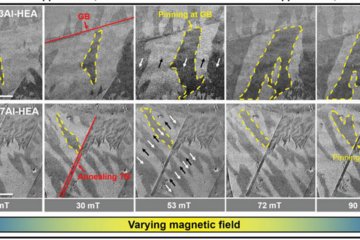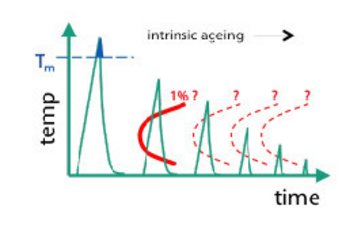All genres
1.
Journal Article
Steels in additive manufacturing: A review of their microstructure and properties. Materials Science and Engineering A: Structural Materials Properties Microstructure and Processing 772, 138633 (2020)
2.
Journal Article
Misorientation-dependent solute enrichment at interfaces and its contribution to defect formation mechanisms during laser additive manufacturing of superalloys. Physical Review Materials 3, 123602 (2019)
3.
Conference Paper
Application of Atom Probe Tomography to Complex Microstructures of Laser Additively Manufactured Samples. Microscopy and Microanalysis 25, S2 Ed., pp. 2514 - 2515 (2019)
4.
Talk
Application of Atom Probe Tomography to Complex Microstructures of Laser Additively Manufactured Samples. Microscopy & Microanalysis Conference, Portland, OR, USA (2019)
5.
Poster
Mechanisms Contributing to Solidification Cracking during laser powder bed fusion of Inconel-738LC. Alloys for Additive Manufacturing Symposium 2019 (AAMS2019), Chalmers University of Technology, Gothenburg, Sweden (2019)
6.
Thesis - PhD
On the interfacial defect formation mechanism during laser additive manufac-turing of polycrystalline superalloys. Dissertation, Ruhr-Universität Bochum (2019)
7.
Thesis - PhD
On the interfacial defect formation mechanism during laser additive manufacturing of polycrystalline superalloys. Dissertation, Ruhr-Universität Bochum (2019)











